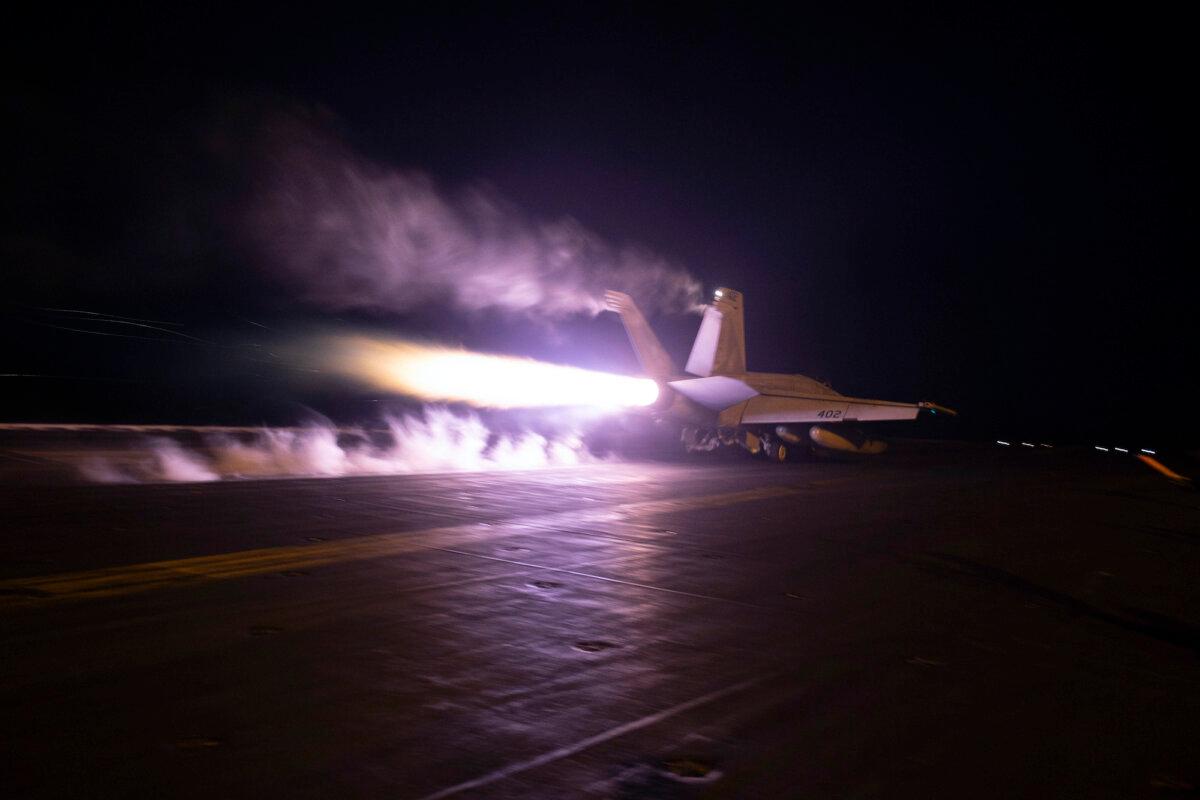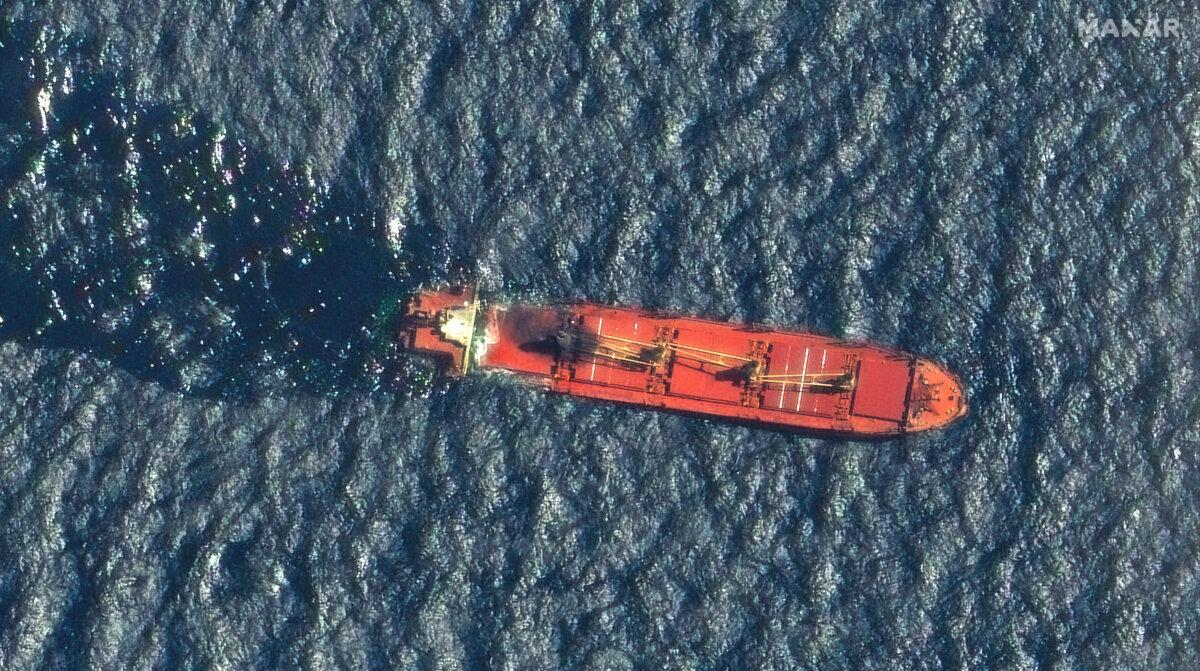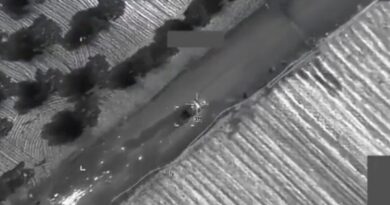Understanding the Houthi Standoff and Recent US Strikes on Yemen under Trump’s Administration
On March 15, U.S. warplanes commenced strikes across Yemen, resuming efforts to deter Houthi attacks on vessels in the surrounding waterways.
At sunset on March 15, several F/A-18 Super Hornet fighter jets took off from the U.S. aircraft carrier USS Harry S. Truman, targeting Houthi locations in western Yemen after a two-month hiatus.
The initial salvo delivered by these U.S. fighter jets marked the beginning of a renewed military campaign against the Houthis, a U.S.-designated terrorist group that currently controls significant portions of Yemen, including the capital city Sana’a.
Following March 15, additional rounds of U.S. airstrikes have been carried out across Yemen.
Independent verification of casualty assessments is currently unavailable.
Speaking at a Pentagon press briefing on March 17, U.S. Air Force Lt. Gen. Alexus Grynkewich mentioned that recent strikes caused dozens of casualties among legitimate combatants, with no confirmed civilian casualties yet despite claims from Yemen.
Houthis Link Standoff to Gaza
The Houthis began targeting vessels in Middle Eastern waterways after Hamas attacks on Israel in October 2023. They claim solidarity with Hamas and conduct attacks to pressure Israel to halt military operations in Gaza.
The Biden administration initially sent warships to intercept Houthi drones and missiles through waterways. As attacks continued, military action escalated with direct U.S. strikes on Houthi targets in Yemen.

This image provided by the U.S. Navy shows an aircraft launching from USS Dwight D. Eisenhower (CVN 69) during flight operations in the Red Sea, on Jan. 22, 2024. Kaitlin Watt/U.S. Navy via AP
Despite prior U.S. bombardments, Houthi attacks persisted until Israel and Hamas reached a cease-fire in January, leading the Houthis to release the Galaxy Leader crew after 459 days.
The Gaza cease-fire recently faltered as Israeli and Hamas negotiators disagreed on the peace process, with Israel cutting off supplies to Gaza on March 2.
Michael Horton, a fellow at the Jamestown Foundation, highlighted the Houthi strategy to exploit the Gaza conflict for local support.
In terms of countering Houthi attacks, Daniel Flesch, a Heritage Foundation analyst, emphasized the importance of maintaining pressure on the group despite their justifications tied to the Gaza situation.

A satellite image taken by Maxar Technologies shows the Belize-flagged ship Rubymar in the Red Sea on March 1, 2024, taking on water after sustaining damage from a Houthi attack. Maxar Technologies via AP
Trump Raises Stakes For Iran
The Houthi movement initially emerged in opposition to Yemen’s government, leading to a civil conflict in 2014. Since then, the conflict has evolved into a proxy battle between Saudi Arabia and its allies, supported by the U.S., against Iran’s proxy, the Houthis.





